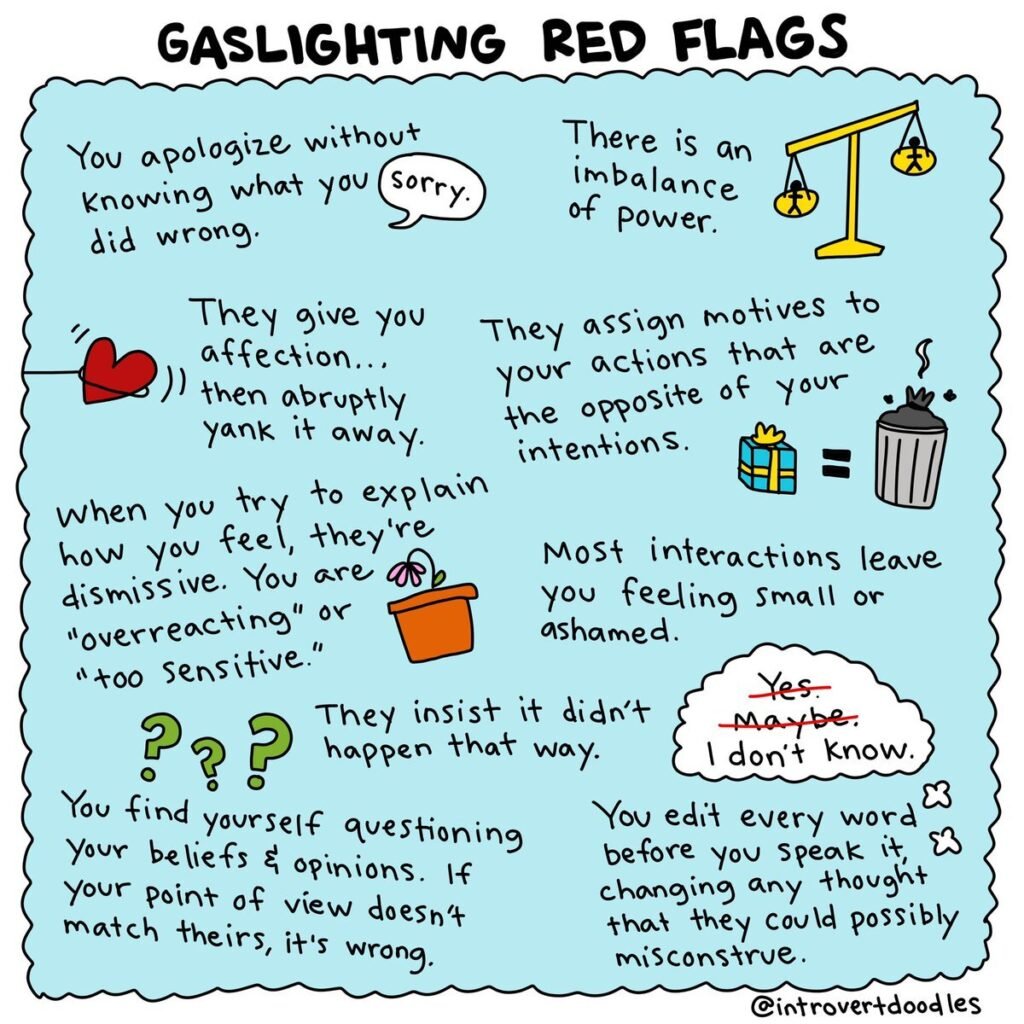Welcome back to CoffeeWithView, where we discuss important topics that impact our daily lives. Today, we delve into a rather unsettling and pervasive issue: gaslighting. Gaslighting is a form of psychological manipulation that can have devastating effects on individuals’ mental and emotional well-being. In this blog post, we will explore what gaslighting is, how to recognize it, and strategies to overcome it.
What is Gaslighting?
Gaslighting is a form of emotional abuse in which one person seeks to gain power and control over another by making them doubt their own reality, memory, and sanity. The term “gaslighting” comes from the 1944 film “Gaslight,” in which a husband manipulates his wife into believing she’s going insane. Gaslighting can occur in various relationships, such as romantic, familial, or even in the workplace. Learn more here.
Recognizing Gaslighting
Gaslighting can be subtle and difficult to detect, making it even more harmful. Here are some common signs of gaslighting to look out for:
- Denying the obvious: A gaslighter will often deny doing or saying things that they clearly did, causing the victim to question their own perception.
- Trivializing feelings: Gaslighters may downplay your emotions or concerns, making you feel like you’re overreacting or being too sensitive.
- Shifting blame: They may blame you for their actions or emotions, making you feel responsible for their behavior.
- Withholding information: Gaslighters might withhold crucial information or facts to manipulate your understanding of a situation.
- Projection: They project their own negative traits onto you, making you believe you have the problems they actually possess.
- Isolation: Gaslighters often isolate their victims from friends and family, making them more dependent on the manipulator’s version of reality.
If you suspect you are a victim of gaslighting, it’s essential to take steps to regain control of your reality and mental well-being:
- Trust your instincts: Listen to your gut feelings. If something doesn’t feel right, it probably isn’t.
- Keep a journal: Document instances of gaslighting to help you see patterns and validate your experiences.
- Seek support: Reach out to friends, family, or a therapist who can provide an objective perspective and emotional support.
- Set boundaries: Establish clear boundaries and communicate your expectations with the gaslighter, but be prepared for resistance.
- Self-care: Prioritize self-care to boost your self-esteem and mental resilience. Meditation, exercise, and therapy can be beneficial.
- Limit contact: If necessary, distance yourself from the gaslighter to protect your mental health.
Conclusion




